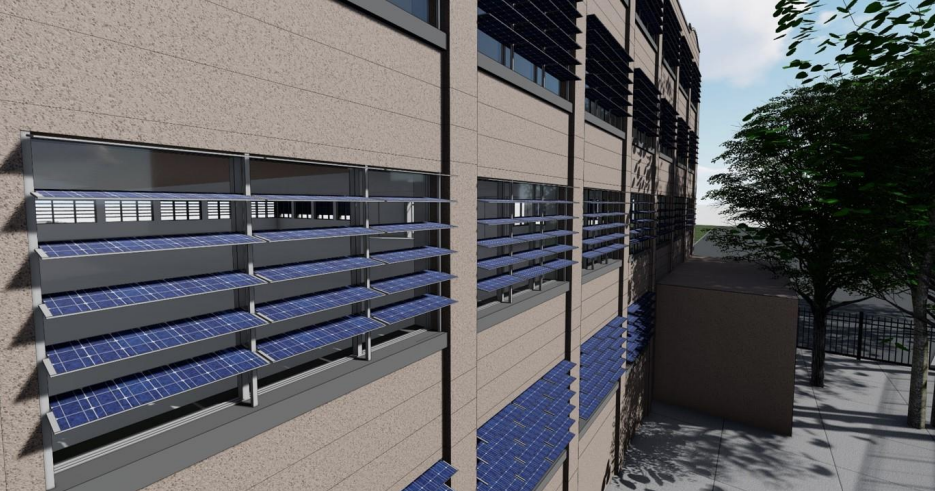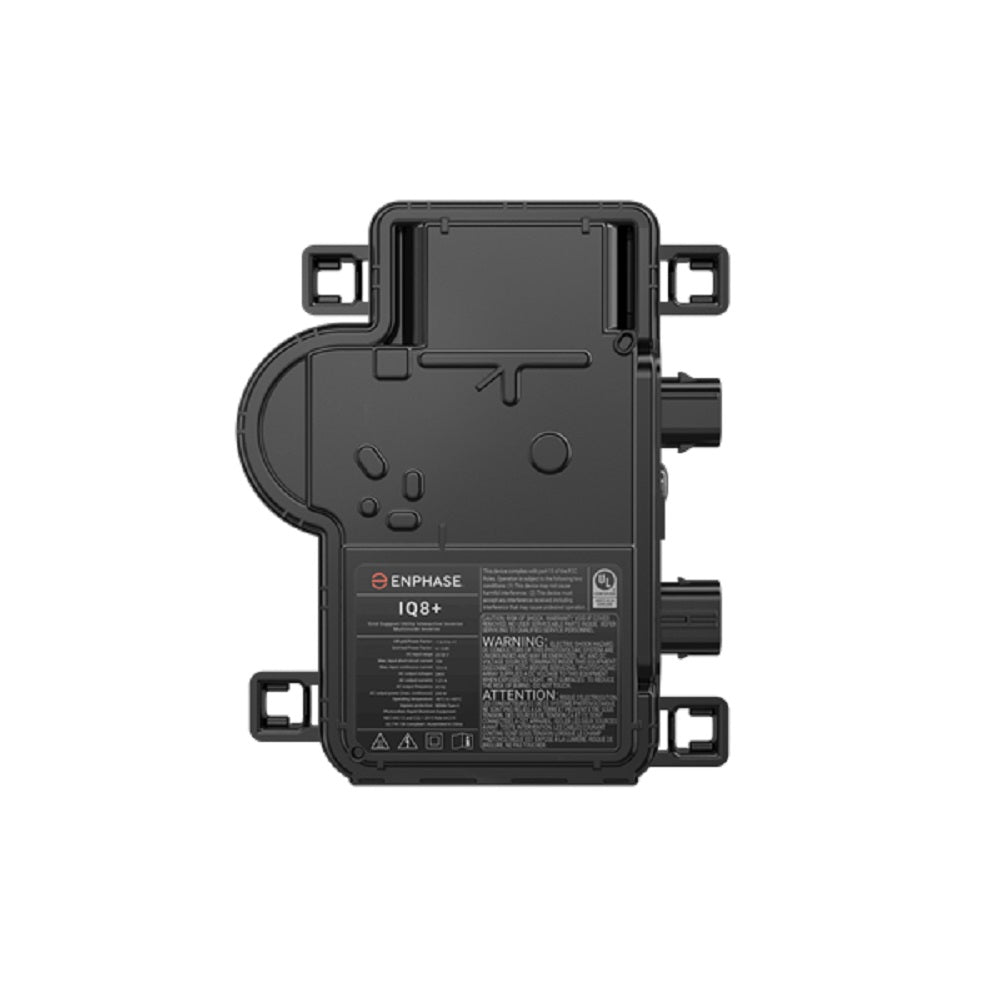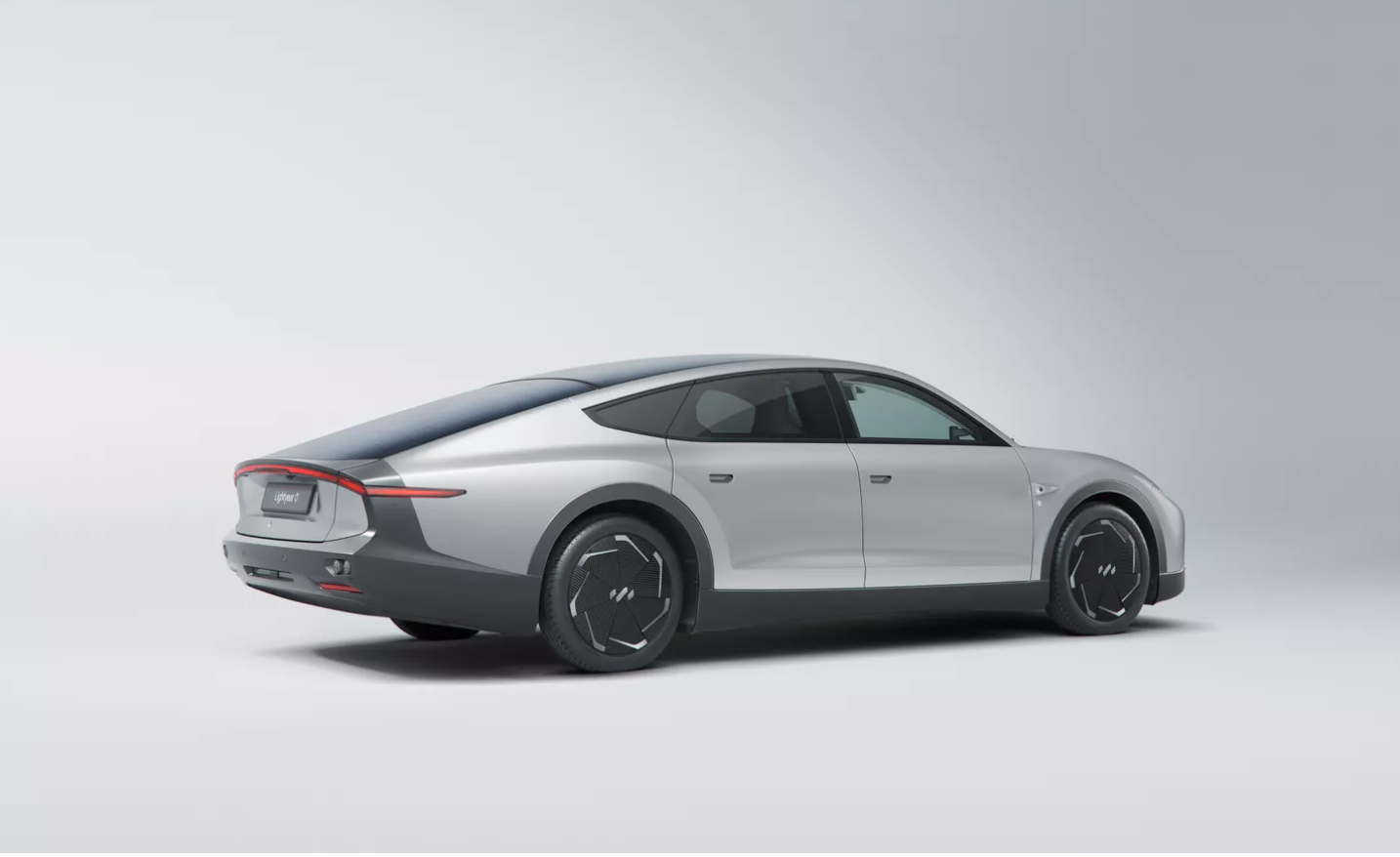https://www.pv-magazine.com/2022/12/06/design-framework-for-bipv-shading-devices/
Design framework for BIPV shading devices

Image: Western University
Scientists from the Western University in Canada have developed an optimization framework to help BIPV shades to maximize electricity generation, radiative heating, and cooling loads.
“One of the main novelties of this work is that the simplicity of the model allows us to incorporate a wider range of performance influences than have previously been investigated, ranging from empirical fits to predict the photovoltaic response of the solar cells, to the costs and benefits for both heating and cooling of the building, to using architectural design guidelines to estimate the quality and value of the modified interior lighting,” researcher Eric Johlin told pv magazine. “In particular, we find that lighting quality can make significant differences in the optimal design, depending on the location and orientation of the building in question.”
The proposed framework covers design constraints for PV shade systems, weather and radiation data, building properties and orientation, and solar module specifications, according to “Multi-objective optimization of building integrated photovoltaic solar shades,” which was recently published in Solar Energy. The energy modeling considers solar electricity, heat transferred through windows, and daylighting inside buildings.
“Each value function can be used as a criterion for optimization alone, or in combinations together,” the academics said.
They applied the proposed modeling to a room with a square 55 m2 footprint, no obstructing surroundings, and with two south-facing and two east-facing windows across five different locations: Canada, California, Iran, Germany, and Singapore. The researchers said that the recurring yearly value of the BIPV system needs to be weighed against the upfront cost.
Popular content
“It is important to note that while the overall value function may stay at a similar level between design modifications, the balance between the three specific value functions may change significantly,” they said. “The actual decision of which point is economically optimal will depend on the current price of PV cells and modules, installation and frame material costs, as well as the discount rate of the owner.”
In non-tropical climates, the value of the BIPV installation increases because fewer, longer shades are used according to location and building specifications, the scientists said.
“We showed that it is important to recognize the value produced by the window without shades to compare to when considering the true BIPV system value, as this can be significantly positive or negative, again depending on location and building specifics,” concluded Johlin.
This content is protected by copyright and may not be reused. If you want to cooperate with us and would like to reuse some of our content, please contact: editors@pv-magazine.com.




